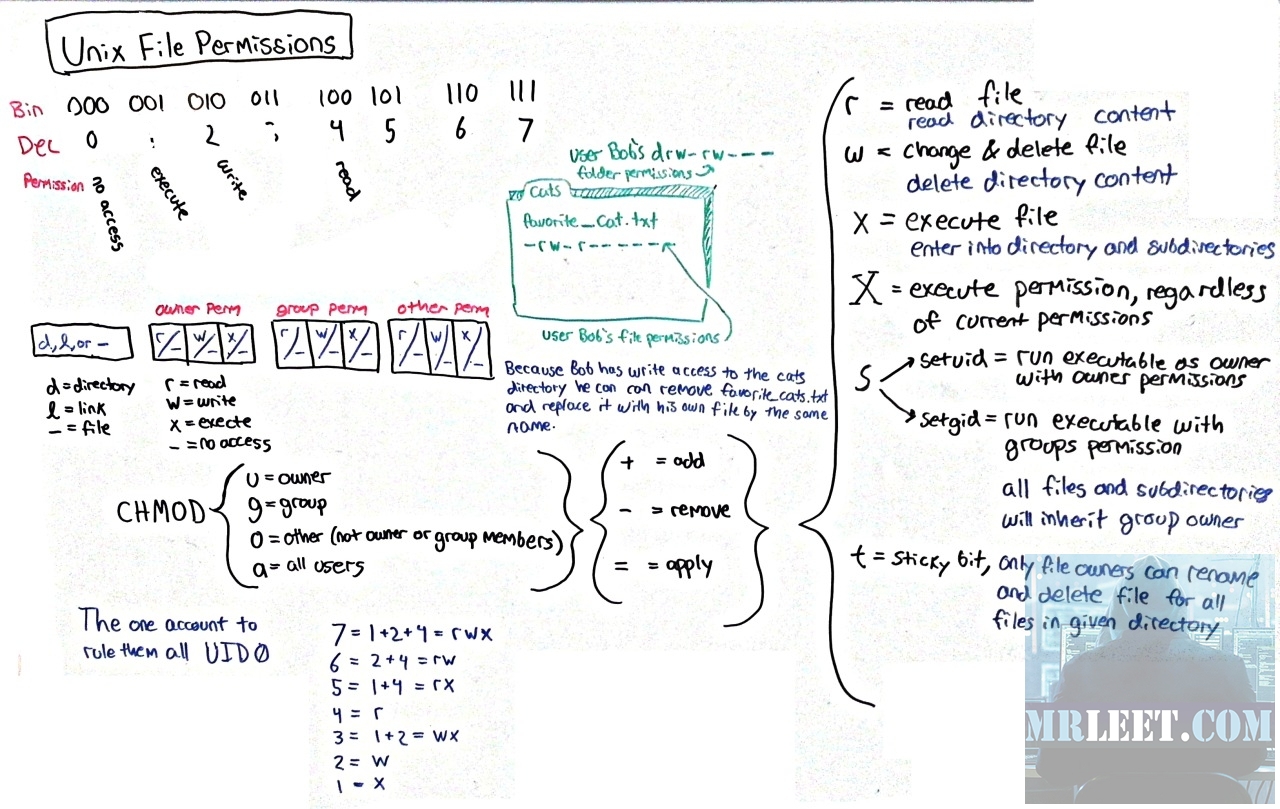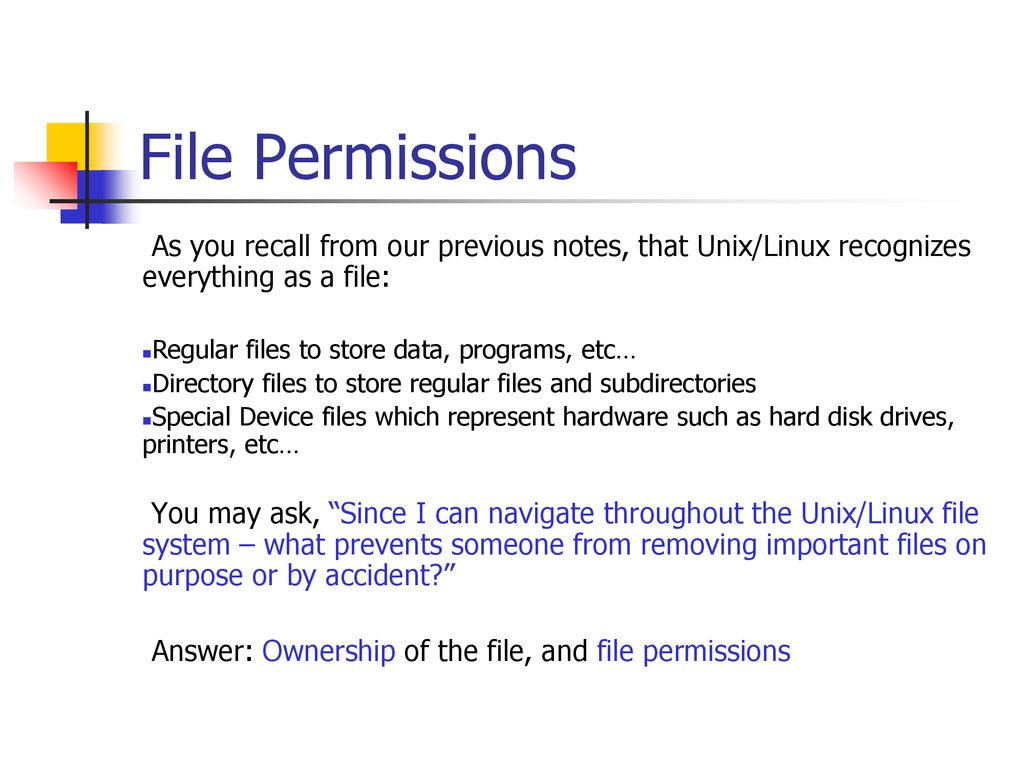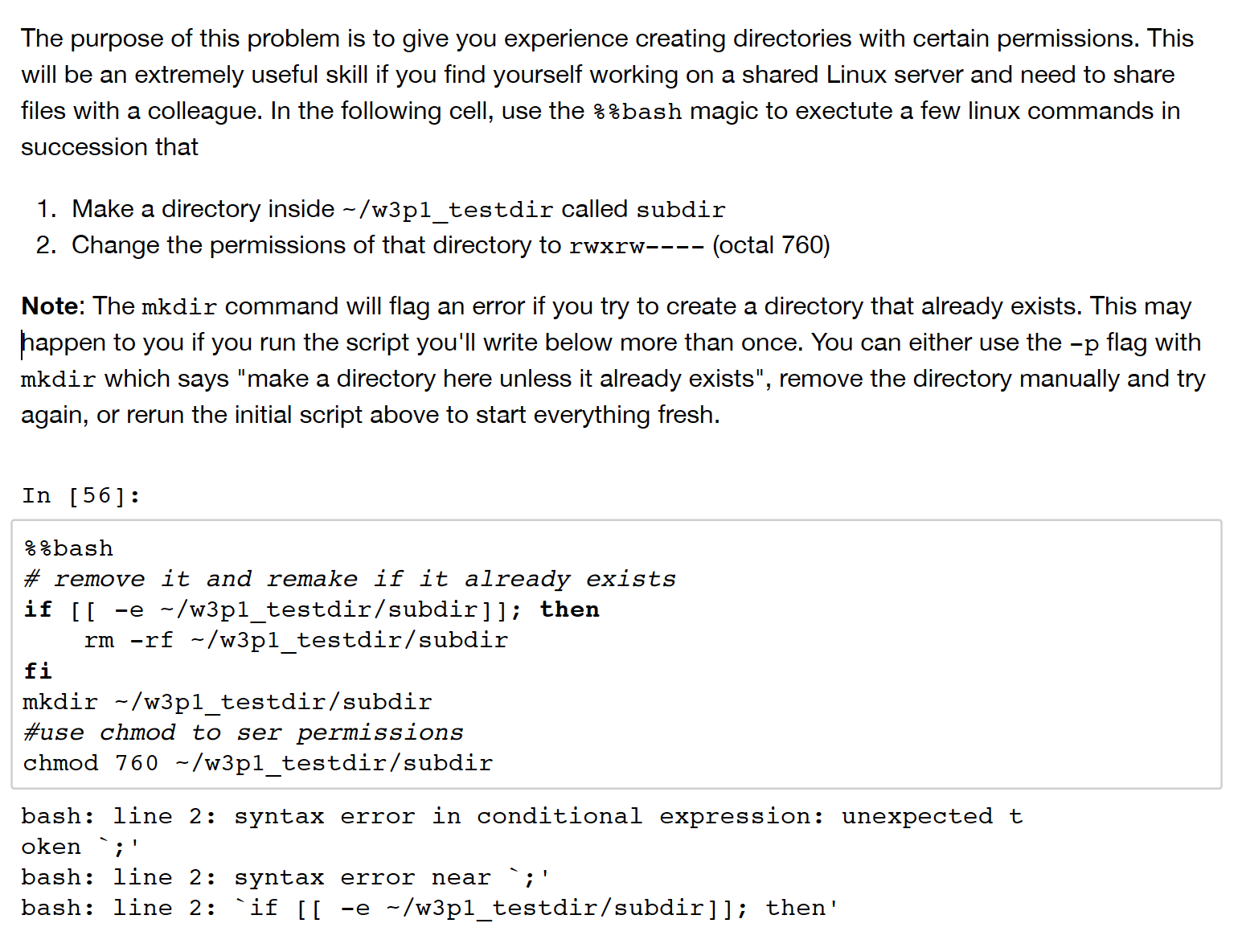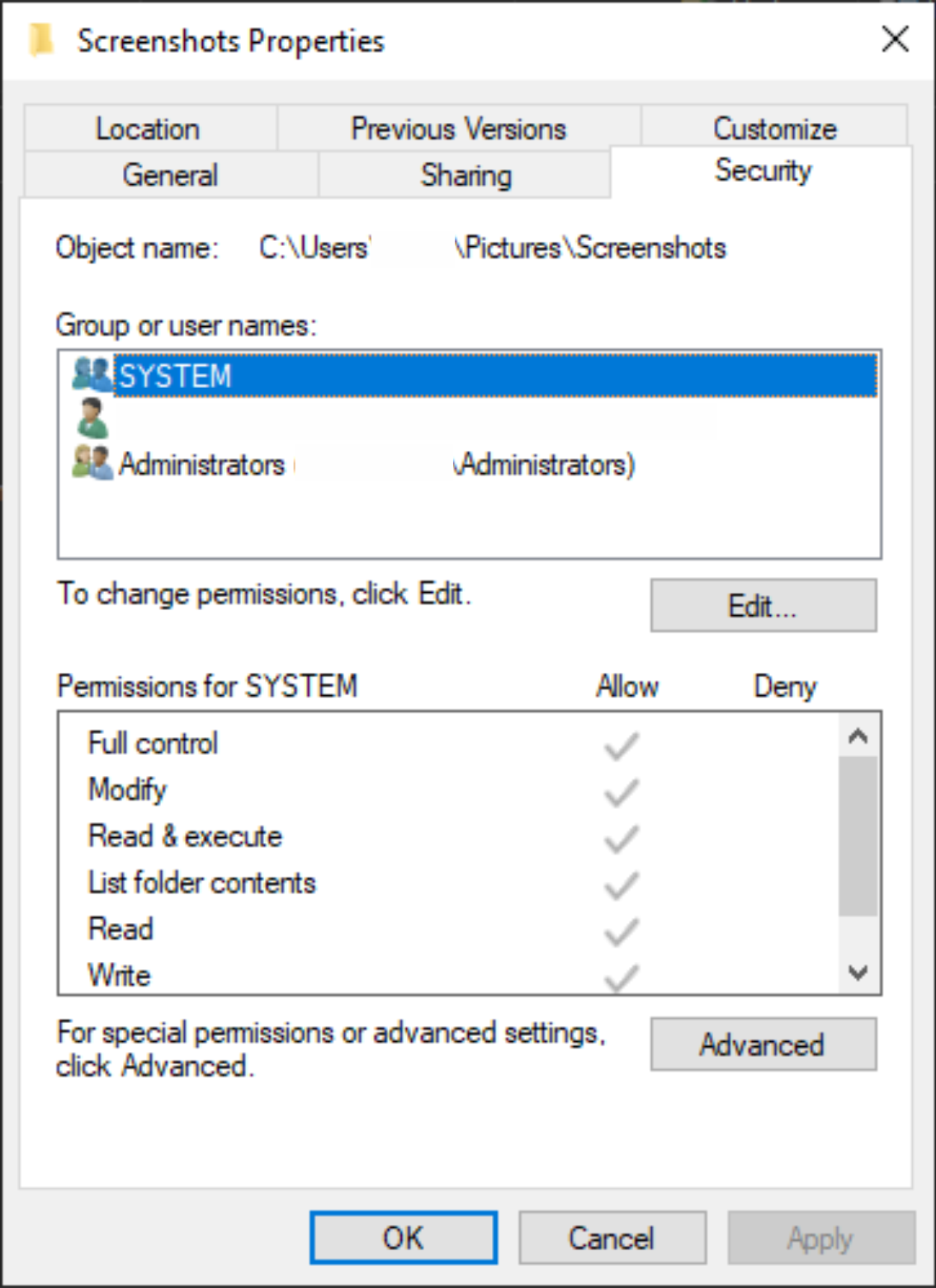Chmod Calculator Chmod Calculator is a free utility to calculate the numeric (octal) or symbolic value for a set of file or folder permissions in Linux servers How to use Check the desired boxes or directly enter a valid numeric value (eg 777) or symbolic notation (eg rwxrwxrwx) to see its value in other formatsAs well as details of ownership, each file has metadata about its access permissions chown and chmod are the tools we use to manipulate ownership and access permissions of files and directories 3 Ownership and Access Rights As mentioned earlier, the file metadata contains information about the user and group that owns the fileLets change permission for user or groups In Linux Permission can be changed for 3 entities,

Linux File Permissions And Chmod Mrleet
Chmod folder permissions linux
Chmod folder permissions linux-The сhmod (ch ange mod e) command changes the access mode of files and directories12 How can I reset permission to default according to the mask, so they will have permissions set as the file was just created Example of what I want to achieve umask is set to 0022 so touch file mkdir directory file's permissions now are rwrr directory's permissons now are rwxrxrx chmod 777 file chmod 777 directory



Bif703 File Permissions Ppt Download
Changing User File and Group OwnershipChmod Modifies File Permissions In Linux, who can do what to a file or directory is controlled through sets of permissions There are three sets of permissions One set for the owner of the file, another set for the members of the file's group, and a final set for everyone else The permissions control the actions that can be performed on the file or directoryThe chmod (short for change mode) command is used to manage file system access permissions on Unix and Unixlike systems There are three basic file system permissions, or modes, to files and directories read (r) write (w) execute (x) Each mode can be applied to these classes user (u) group (g) other (o) The user is the account that owns the file The group that owns the file may have other accounts on the system as members
For example, Webserver file permission is 775 chmod 777When you set the permission 777, in this case, you allow permission to everyone read, write, and execute With this permission, anyone can make changes or copy files It is not advisable to set this kind of permission to the webserver or any certain files How to install authy in linux based system Recursively Chmod Through recursively, method user can modify the permission of all the files at once without doing one by one BeforeIf you want to set permissions on all files to ar, and all directories to ax, and do that recursively through the complete subdirectory tree, use chmod R arX * The X (that is capital X, not small x !) is ignored for files (unless they are executable for someone already) but is used for directoriesIf you want an easy way to know the Linux file permission in numeric or symbolic mode, you can use this chmod calculator Just select the appropriate permissions and it will tell you the permissions in both absolute and symbolic mode Change permission on all the files in a directory recursively
One of the most popular options that you can combine with chmod and chown is R (Recursive) This Linux option allows you to change permissions or owners of all files and subdirectories inside a specific directory If you want to use an option, you have to place it right after the chmod / chown command Take a look at this exampleI want to add to the answers above that for me my home directory (~/) also needed to have the permissions 755, regardless of the permissions of ~/ssh and the files therein (This was on a Synology NAS, might not apply to all linuxes) – hoelk May 30 '18 at 10As you may know, the chmod (stands for Change mode) command is used to set or change the access permissions of a file or directory in Unixlike systems So if the executable permission of chmod is removed, you can't assign the permissions to any programs, including the chmod command itself



Unix Permissions The Easy Way Index Of All Chmod Permutations By Semi Koen Towards Data Science



Linux File Permission Explained In Easy Language
As you might remember, the default file permission value is 0644, and the default directory's is 0755 The default umask value is subtracted from the overall file/directory default value You can set the umask values in /etc/profile or in ~/bashrc Wrapping up Chmod is a great Linux command for manipulating file and directory permissionsChmod is a great Linux command for manipulating file and directory permissions With the concepts mentioned in this article, you are equipped with sufficient knowledge to handle permissions in Linuxbased distrosHow to View Check Permissions in Linux Check Permissions using GUI;



Bif703 File Permissions Ppt Download



Directory How Can I Change Permissions Of A Folder Including Its Enclosed Files And Subdirectories Ask Ubuntu
How do I manage permissions?Chmod 755 R /opt/lampp/htdocs will recursively set the permissions There's no way to set the permissions for files automatically in only this directory that are created after you set the permissions, but you could change your systemwide default file permissions with by setting umask 022Linux chmod command examples (all users) Given that extremely brief background on Unix/Linux file permissions, here is a collection of Unix chmod commands In each example, assume we start with a file named footxt that has no assigned permissions, like this I'll then show the file permissions after the command I issue



Linux File Permissions And Chmod Mrleet



Chmod Calculator Takes The Hassle Out Of Directory Permissions Techfruit
Chmod u=rwx,g=rx,o=r myfile This example uses symbolic permissions notation The letters u, g,Those appear to be radically different examples (they're not, actually)# Set public/private key permissions # Octal form chmod 600 ~/ssh/id_rsa chmod 600 ~/ssh/id_rsapub # Equivalent literal form chmod u=rw,go= ~/ssh/id_rsa ~/ssh/id_rsapub # Optional make public key readable chmod 644 ~/ssh/id_rsapub # chmod a=r,uw ~/ssh/id_rsapub # Set directory permissions chmod 700 ~/ssh # chmod u=rwx,go= ~/ssh # Legend for literal form # u user r read # g



Solved File Permissions In Unix Command And Python I Hav Chegg Com



New Bash Linux Cheat Sheet Wallpaper Download Free 40 X 3050px
This can be achieved by changing file permissions We can use the ' chmod' command which stands for 'change mode' Using the command, we can set permissions (read, write, execute) on a file/directory for the owner, group and the worldDefine File Permission in Octal/Numeric Mode;The chmod command changes the access permissions of files and folders The chmod command, like other commands, can be executed from the command line or through a script file If you need to list a file's permissions, use the ls command



30 Linux Permissions Exercises For Sysadmins Devconnected



What Is Chmod In Windows


